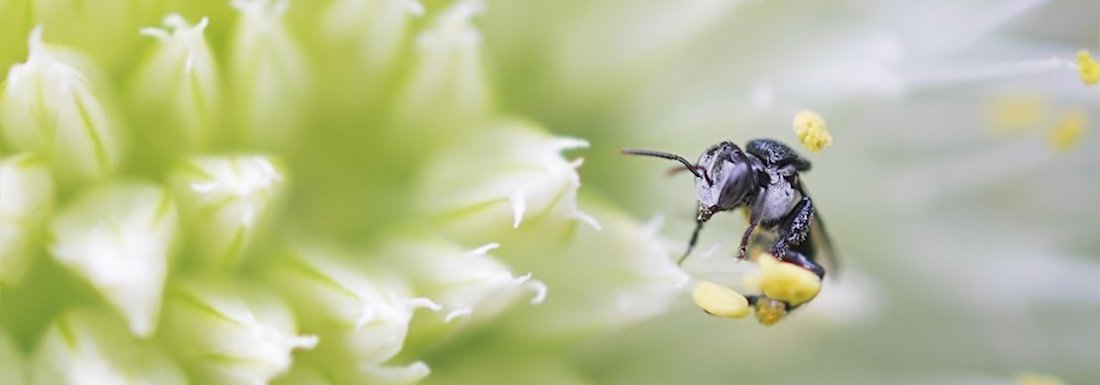Focus on the strength of your hives
As some of you may know, I am learning to keep honey bees (Apis Mellifera). Why, you may ask? Even though their behavioural traits are quite different to our native stingless bees, honey bee keepers have learnt a lot about managing their bees. Anyway, I was at a recent honey bee club meeting and the speaker was Kevin Tracy. He was speaking about chalkbrood and how to deal with it. However, while he did cover this fungal disease well, the big take out was this:
- Don’t focus on the pests and diseases; they are an aberration. Focus on the strength of your hives.
In other words, if you make sure your hives are as strong as they can be, they should be able to take care of most pests and diseases themselves. I like this way of thinking a lot.
Interestingly, we were advised to have a queen replacement program; to set a date every year to replace our queens. The reason for this is that if the queen fails or becomes a lousy layer, your hive may go into decline. This will mean that bees need to go out foraging at a younger age, leaving fewer bees inside to tend to the brood. This in turn affects the feeding of the larvae and these bees never really recover to full performance. Thousands of bees' lives are affected because the hive became weakened.
Now, this made me think about my native hives. I know I usually have a few hives that aren’t very strong, and I know some queens are more productive than others. I monitor those weaker hives closely to see if they recover and sometimes they do and sometimes they don’t, but I have never intervened early. Should I? And how?
We don’t have native queen breeders that can help us quickly replace failing native queens, although I know that Dean Haley has been doing some experimentation with queen replacement in native bee hives; early days yet. The most common approach to dealing with a weak hive seems to be to bud it up with a strong hive. While this doesn’t exactly save the colony or the thousands of bees in stress, it will usually regenerate into a new colony, avoiding a nasty pest infestation.
Perhaps another method worth experimentation might be to remove that queen and add a couple of discs of brood with some queen cells in the hope that some new genetics result in a stronger queen? I have yet to try this myself, but it sounds feasible.
At any rate, the native bee industry is still very young in Australia and there are plenty of people researching and experimenting to expand our knowledge of these little beauties. There is much to learn and share.
So I guess the main points are:
- (a) focus on strong colonies and not on pests;
- (b) don’t stop learning and experimenting; and
- (c) share your experiences so we all learn.
Now, go and check your hives!




